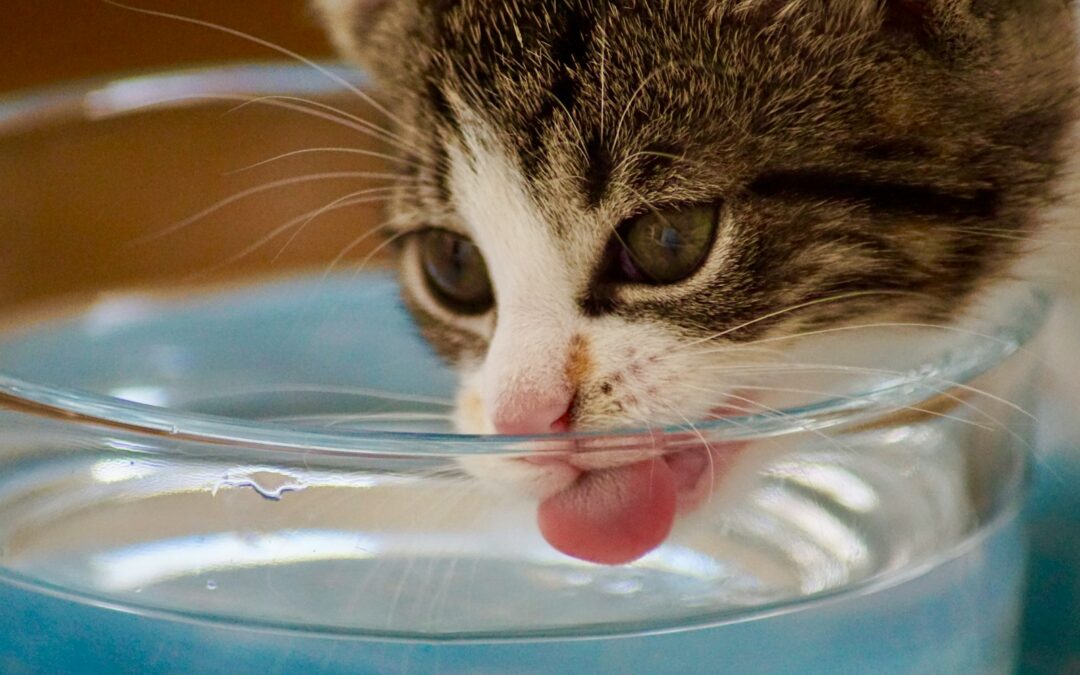In Humans and Animals, Too
We always hope that our loved ones, especially our pets, don’t experience health challenges, but pets can experience many of the same health conditions we do. Illnesses like kidney disease, thyroid disease, and cancer affect people and pets, as does diabetes. Diabetes, which has become a very serious health problem for people, can also develop in our beloved pets.
Both dogs and cats can develop diabetes, so it’s important for their people to know a little bit about it.
Symptoms of Diabetes in Pets
Your pet may exhibit a number of symptoms that point to a diagnosis of diabetes. These include:
- Increased thirst
- Frequent urination
- Weight loss
- Changes in appetite and often hungry
- Less active
- Sleeps more
Dogs may develop cloudy eyes while a cat’s coat may become dry or dull. Diabetes is a fairly common health condition, affecting approximately one in 300 dogs and one in 230 cats. Just as in humans, it can lead to a host of other health problems for your pet, so it’s important for your vet to diagnose it as soon as possible to begin treatment.
Diagnosis
If your pet shows any symptoms of diabetes, your veterinarian may suggest urinalysis and bloodwork to confirm the diagnosis they suspect. Sometimes diabetes is diagnosed through testing performed during regular well visits, though, making it important for your pet to attend their annual or bi-annual well care visits. After your pet receives a diabetes diagnosis, it will be important for them to have consistent veterinary care to create an appropriate regimen to manage the disease and to make sure your pet is responding well to treatment.
Caring for a Pet with Diabetes
There are treatment options available that can successfully manage your pet’s condition. Your veterinarian may show you how to monitor your pet’s blood glucose levels at home so you can most effectively adjust their lifestyle to meet their health needs. Some ways of managing diabetes in pets include:
- A specific diet
- A consistent feeding schedule
- Daily exercise
- Administering insulin as directed by your veterinarian
- Making sure your pet attends their veterinary appointments consistently
- Providing extra love and care for your pet as you both adjust to their needs
Caring for a pet with extra medical concerns may require additional involvement from all family members to make sure your pet is fed at consistent times and is only given a specified amount of food. If possible, it’s a good idea to make sure that more than one responsible person can measure your pet’s blood glucose and administer insulin.
It’s essential that you know the signs of hypoglycemia, or low blood sugar, too, because a blood glucose level that’s too low can cause complications including seizures. Some signs of hypoglycemia in pets are:
- Weakness
- Lethargy
- Vomiting
- Seeming confused or disoriented
- Fainting
Your veterinarian will provide you with an appropriate glucose solution to give your pet in the event of an episode of low blood sugar.
Homey Gnome Veterinary Clinic
Homey Gnome Veterinary Clinic in Oakdale, MN is available to diagnose your pet and develop a treatment plan that will help your pet live a good life even with diabetes. Our goal is to provide compassionate care for the pet you love. Contact us today with any questions.
Image credit: Unsplash


